I like to try new fishing destinations, but like most of us when faced with unfamiliar waters, the first question that comes up is how to find fish in these new waters. There is a certain excitement and anticipation when fishing an unfamiliar body of water for the first time.
That excitement combined with the challenge and uncertainty adds to the adventure when fishing a new area. It’s not unlike arriving in a new city without a map. You have a sense that adventures await, but where do you start?
QUICK LOOK: The 4 Primary Factors for How to Find Fish
- Understand the Habits of Your Target Fish: – All Gamefish have different habits but they surround the primary areas of food, structure, water temperature, and reproduction. Knowing these four habits about your target species will help you narrow down your search.
- Learn to Read the Water: – Look for natural indications of habitat, such as overhanging trees, submerged logs, or weed beds. Observing for signs of baitfish activity, like birds diving or fish breaking the surface, can also lead you to where predator fish may be lurking.
- Use Modern Tech Tools: – Sonar, GPS devices, fishing apps, and fishing drones are the modern anglers’ allies. They provide valuable data about water depth, terrain, and potential hotspots where fish might congregate.
- Check with the Locals: – The internet has also made it a lot easier to connect with fishing communities before you even arrive at your destination. Online forums and social media groups dedicated to fishing in the area are fantastic places to gather preliminary information.
How to Find Fish Where You’ve Never Fished Before?
For us as anglers, the challenge of how to find fish in new locations is a puzzle that, when solved, can be the difference between catching fish and just wetting a line. Let’s take a look at how you can approach this challenge with a strategic plan and some modern tools.
First let’s consider the cornerstone of successful fishing: understanding the ecosystem of your destination. Each body of water has its own biology and resident species. When I start planning a trip to a new fishing area, my goal is to learn as much as I can about the local waters from the forage fish to the structure and habitat, to the habits and patterns of the gamefish I aim to catch long before I actually arrive.
Part of that learning process is tapping into the knowledge of the community. Before I cast my first line, I talk to local bait shop owners and the local anglers and guides, and I also check online resources. These insights are invaluable; without them, you might as well be fishing blindly. Learn from those who know and save yourself a lot of time and frustration.
You can utilize the strategies that you’ve used successfully in your familiar spots they can often be adapted to the particular nuances of these new waters. You already know how to catch fish, it’s just a matter of being flexible and willing to tweak your tried-and-true techniques. Sometimes, the smallest changes make the biggest difference.
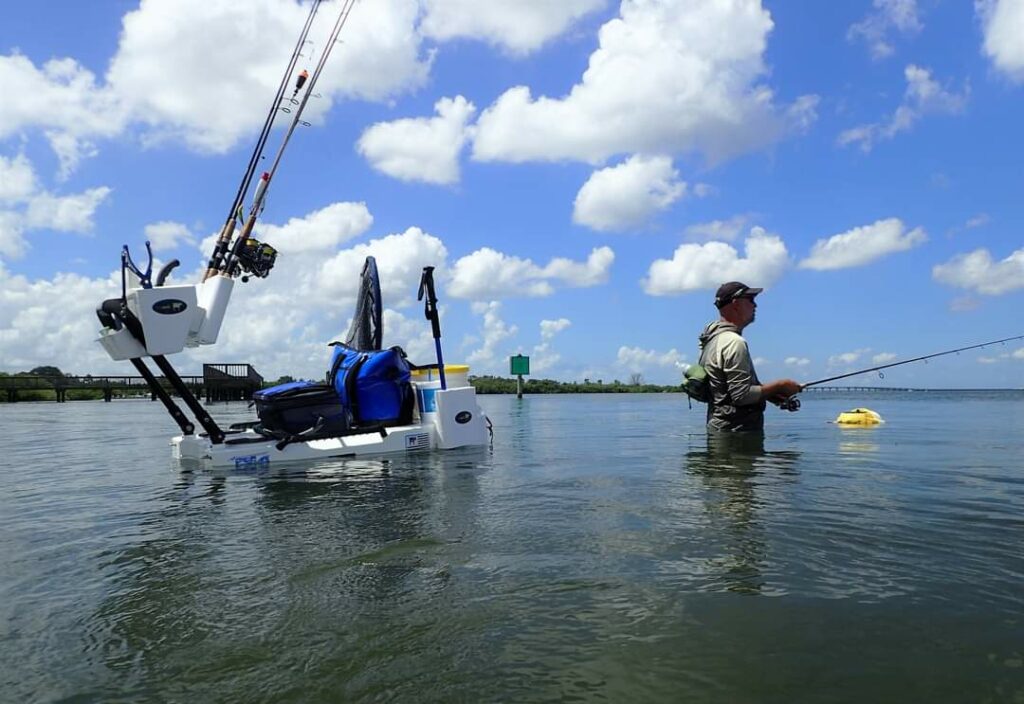
As I set out to explore these unfamiliar waters, I make mental notes of everything I observe. And believe me, the transition to a different spot can be smooth and successful when your preparation is thorough. Part of this preparation is using your knowledge of the habits and behaviors of your target species.
Understand Fish Habits for How to Find Fish in Unfamiliar Waters
Understanding the habits of the gamefish you’re after is crucial for finding fish in any new waters fresh or saltwater, or any waters for that matter. Here’s a breakdown of key fish habits and behaviors to consider when looking for fish in unfamiliar waters:
- 1. Main Food Sources: – Different fish species have varying diets. Understanding the primary food sources for the fish you’re targeting helps determine where they might be located. For example, predatory fish may be found near schools of smaller fish, while bottom-feeders might inhabit areas with abundant aquatic vegetation or substrate for foraging.
- 2. Preferred Habitat or Structure: – Fish often gravitate towards specific habitats or structures that offer shelter, protection, and a steady supply of food. Look for submerged rocks, fallen trees, underwater ledges, and structures like docks or piers. These provide hiding spots for fish and attract prey.
- 3. Reproduction: – During the breeding season, many fish migrate to specific areas for spawning. Understanding the timing and locations of spawning grounds can increase your chances of finding concentrations of fish. Shallow areas with appropriate substrate (gravel, sand) are often chosen for spawning. Researching the reproductive habits of the target species is essential.
- 4. Water Temperature: – Fish are ectothermic, meaning their body temperature is influenced by the surrounding water. Different species have preferred temperature ranges. Use a thermometer to gauge the water temperature and adjust your fishing strategy accordingly. Warmer water may attract certain species, while others prefer cooler temperatures.
- 5. Depth and Structure: – Consider the depth of the water body. Some species prefer shallow waters, especially during specific times of the day, while others may be found in deeper sections. Changes in the underwater terrain, such as drop-offs, points, and channels, can concentrate fish. They use these features for feeding, resting, and ambushing prey.
- 6. Time of Day and Weather Conditions: – Fish behavior can vary depending on the time of day and weather conditions. Some species are more active during dawn and dusk, while others may feed more actively on overcast days. Wind patterns and water clarity can also impact fish behavior. Wind can push food to certain areas, and clear water may require a more subtle approach.
By considering these factors, you can develop a more informed strategy for fishing new areas and unfamiliar waters, increasing your chances of a successful and enjoyable fishing adventure.
Reading The Water and Identifying Fish Habitats
Reading the water, a skill honed by experienced anglers becomes invaluable when you find yourself in unfamiliar aquatic terrain. Observing subtle cues in your new fishing environment can be the difference between a successful catch and a day spent watching the water. Here’s how to decipher the aquatic landscape to find where fish are hiding.
Water conditions often provide the first clues to where fish may be schooling or feeding. Clarity, temperature, and the presence of aquatic plants can all indicate the potential for nearby fish. Additionally, weather patterns, such as sudden changes in barometric pressure, can affect fish behavior, prompting them to feed more aggressively or seek shelter.
Topographical maps and depth charts should become your best companions when exploring unknown water bodies. These tools reveal underwater structures, changes in depth, and bottom composition, which are key to locating fish. For instance, factors like drop-offs, submerged objects, and areas near the confluence of currents are prime spots for holding fish.
Look for natural indications of habitat, such as overhanging trees, submerged logs, rocks, or weed beds. These features often offer protection and food sources for fish, making them likely spots for angling success. Observing for signs of baitfish activity, like birds diving or fish breaking the surface, can also lead you to where predator fish may be lurking.
Understanding the preferred habitats of the species you’re targeting is fundamental. Some fish prefer the cooler, deeper waters, while others may be drawn to warmer, shallower zones. Learning these preferences can significantly narrow your search area and increase your chance of a catch.
How to Find Fish the Essential Equipment
When you’re packing for a fishing expedition in uncharted waters, always remind yourself that the right gear can make all the difference. Modern tools and equipment can make a tremendous difference in your chances of a successful catch.
Fish finders, Sonar, and GPS devices are modern anglers’ allies. They provide valuable data about water depth, terrain, and potential hotspots where fish might congregate. They give you incredible detail of underwater structure and fish locations. Investing in these modern technologies can pay off by saving you time and increasing your catch rate.
A well-stocked tackle box will give you the flexibility to adjust your approach based on the behavior and type of fish you target or encounter. I suggest including a range of lures, baits, and hooks to cover various depths and conditions. Be adaptable; don’t hesitate to switch tactics if your current setup isn’t getting bites.
Fishing Apps and online maps give you the ability to scout new waters from anywhere you can get an internet connection. You can now recon and area and eliminate much of the “unproductive” areas before you even arrive at your new fishing destination by combining the knowledge of your target fish’s habits and preferred habitat with detailed online maps.
Once you have your gear sorted, it’s time to connect with those who know the water best. Equipment and adaptability are vital, but so is tapping into local expertise. Reach out to the fishing community and their experience it can provide unique insights you might not find on your own a shorten your learning curve.
Learn From the Locals and Engage With The Fishing Community
One of the most rewarding ways to improve fishing success in unfamiliar waters is by engaging with the local fishing community. There’s a wealth of knowledge waiting for you in the experiences of local fishermen and guides who understand the nuances of their waterways better than any outsider could.
Reaching out to local bait shops, joining a fishing club, or even striking up a conversation at the docks can open doors to tips and insights you’d never find in a book or online. The internet has also made it a lot easier to connect with fishing communities before you even arrive at your destination.
Online forums and social media groups dedicated to fishing in the area are fantastic places to gather the latest information. These platforms allow you to ask questions, get tips on hotspots, and even arrange meet-ups with local anglers willing to share their expertise.
But engagement goes beyond just extracting information. When you’re out with local anglers, show respect for their waters and customs remember, you’re just a visitor, these are their home waters be respectful and thankful for their help.
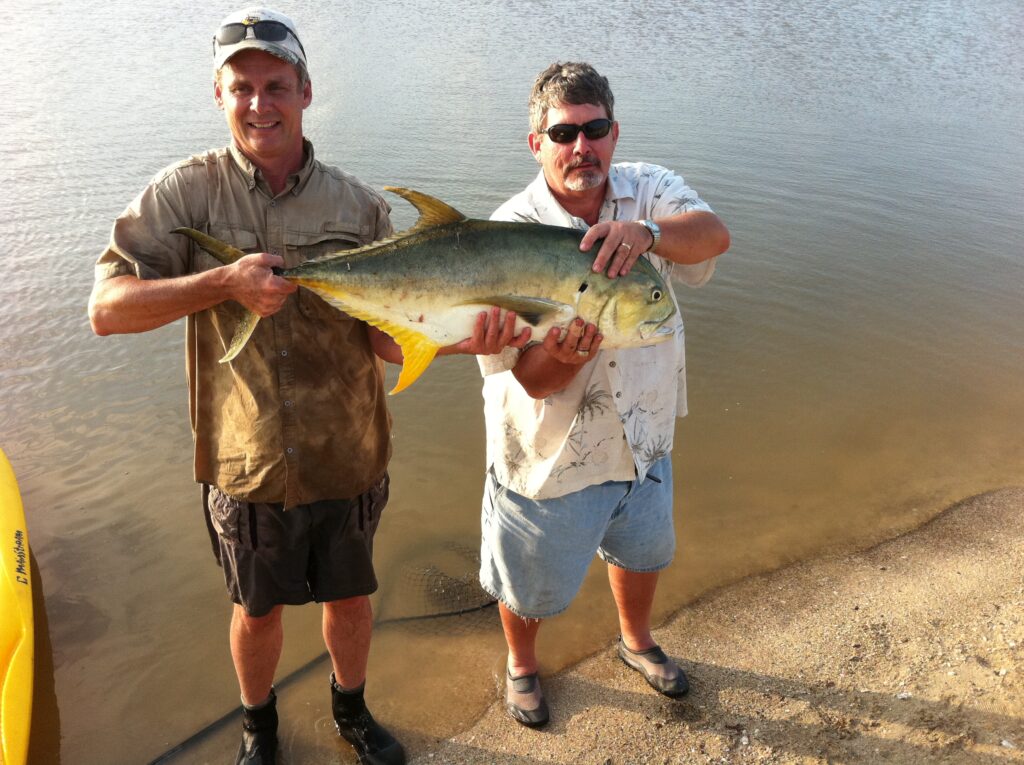
Keep in mind that fishing is, at its core, about the love of the sport and the connection to nature. By sharing your stories, celebrating the catches of others, and maybe even partaking in some of the local traditions, you build not just knowledge but friendships. These connections can be as rewarding as the thrill of landing a big catch.
Frequent Questions About How to Find Fish in Unfamiliar Waters.

How do I determine the best time to fish in unfamiliar waters?
Consider factors like tides, moon phases, and weather conditions. Many species are more active during specific times.
What tools can help me research a new fishing location?
Use online maps, fishing forums, and apps to gather information about the water body, fish species, and recent catch reports.
How do I identify potential fishing spots in unfamiliar waters?
Look for underwater structures, drop-offs, vegetation, and areas with a mix of shallow and deep water. These are likely to attract fish.
Should I invest in a fish finder for fishing in unfamiliar waters?
Yes, a fish finder can be a valuable tool to locate underwater structures and schools of fish, providing real-time information.
How can I adapt my bait and tackle to the specific fish in unfamiliar waters?
Research the common prey or forage in the area and match your bait to mimic them. Adjust your tackle based on the target species and their typical size.
Is it advisable to hire a local guide for fishing in a new location?
Yes, hiring a local guide can provide valuable insights into the best fishing spots, techniques, and local regulations.
What are some universal lures or baits that work well in various waters?
Versatile lures like soft plastics, spinnerbaits, and crankbaits can attract a variety of fish species in different environments.
How important is it to observe wildlife and bird activity while fishing?
Wildlife and bird activity can indicate the presence of baitfish and, in turn, attract larger predatory fish. Pay attention to their behavior.
Should I focus on one specific species or target multiple species in unfamiliar waters?
It depends on your preferences, but targeting multiple species increases your chances of success and adds variety to your fishing experience.
What safety precautions should I take when fishing in unfamiliar waters?
Inform someone about your fishing plans, carry safety gear, be aware of local regulations, and familiarize yourself with the water conditions.
Remember, each fishing situation is unique, so adapt these answers based on the specific conditions of the unfamiliar waters you’re exploring.
How to Find Fish by Embracing the Adventure with Confidence
While the initial foray into new waters might seem overwhelming, remember that every expert was once a beginner, navigating the unknown one cast at a time. Now that we’ve walked through the steps on how to find fish in unfamiliar waters and provided answers to some of the burning questions you are likely to have when facing the challenge of fishing in a new area.
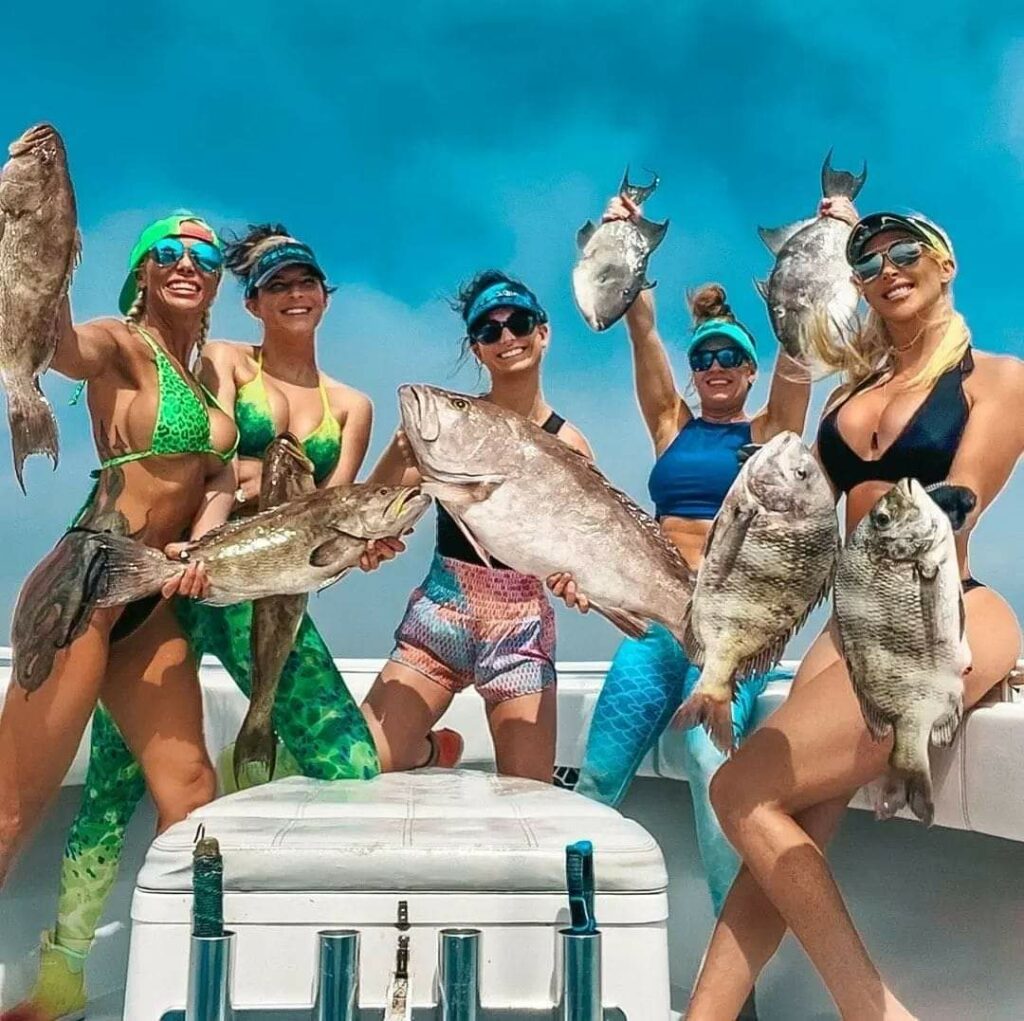
Your takeaway should be that thorough preparation, understanding the habits of your target fish, some modern apps, help from local anglers, and a willingness to adapt will give you a good chance at having a successful fishing adventure. Couple these with a healthy dose of patience and persistence, and you’re well on your way to many memorable fishing adventures.
Whether it’s the anticipation of the early morning bite or the satisfaction of a well-earned catch, the true reward lies in the journey itself – connecting with nature and the excitement of new fishing adventures. After all, fishing isn’t just about the fish; it’s about the stories you gather, the people you meet, and the new experiences that happen along the way.
As always, stay safe, enjoy the journey and please try to leave it cleaner than you found it. If you have any comments, questions, ideas, or suggestions please leave them in the comment section below and I’ll get back to you ASAP. You can follow us on Facebook: Rex The Beach Angler, Instagram: thebeachangler7, Twitter: @AnglerBeach, and YouTube: Man Art Creations.
P.S. – Thanks so much for checking out our blog we really appreciate it. Just so you know, we may receive a commission if you click on some of the links that appear on our site. This helps us keep our content free and up-to-date for everyone. We appreciate your support!
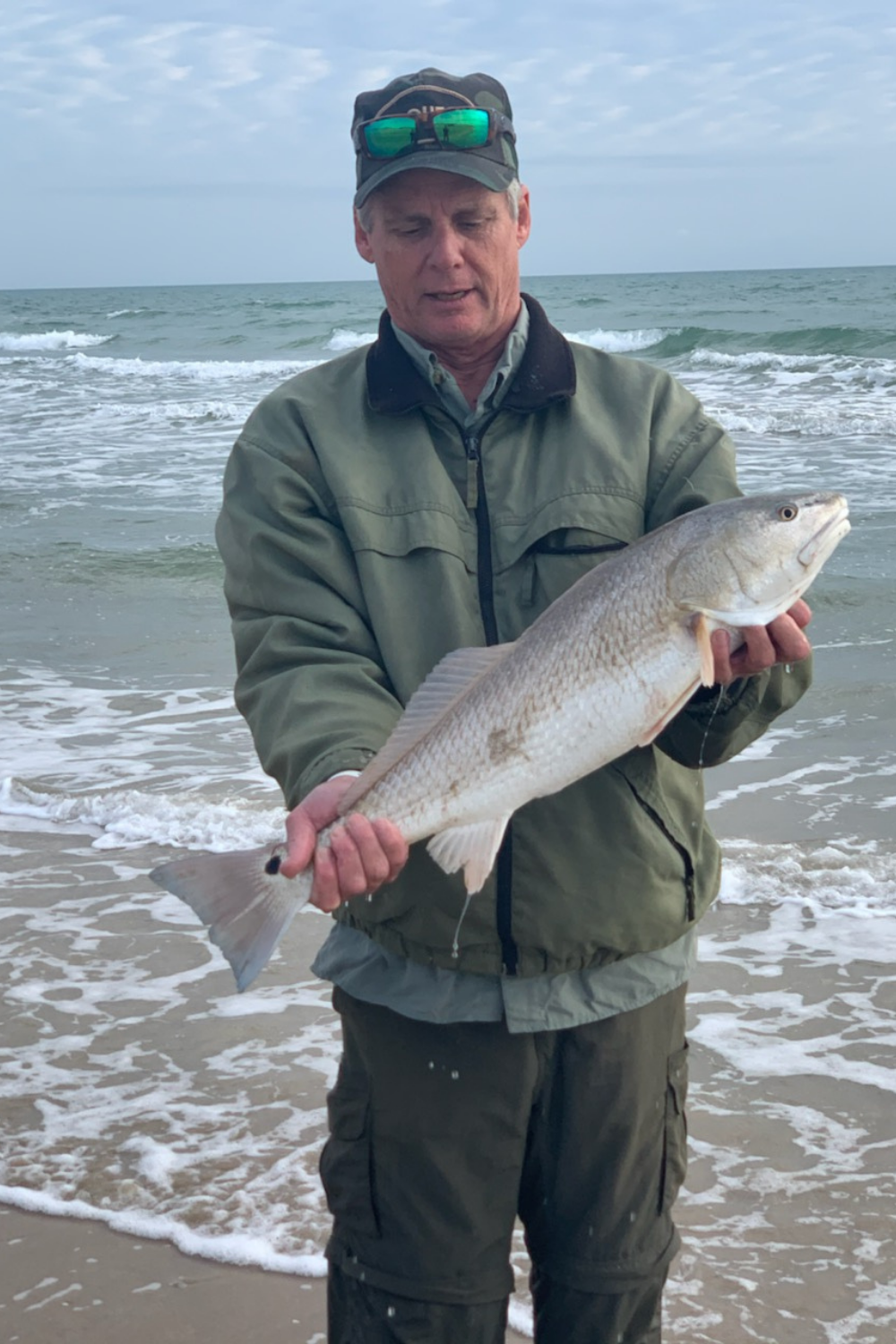
A life long surf fisherman with 50+ years of experience, I am also an avid hunter and outdoorsman. I will be sharing my passion for the outdoors with you so be prepared for hunting, fishing, camping, hiking and more. Along with gear reviews and the latest trends and innovations in the outdoor industry.
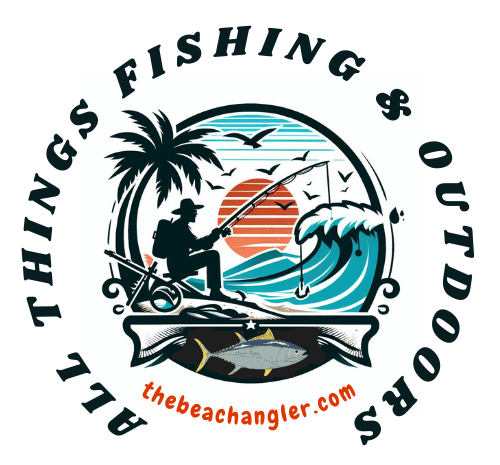

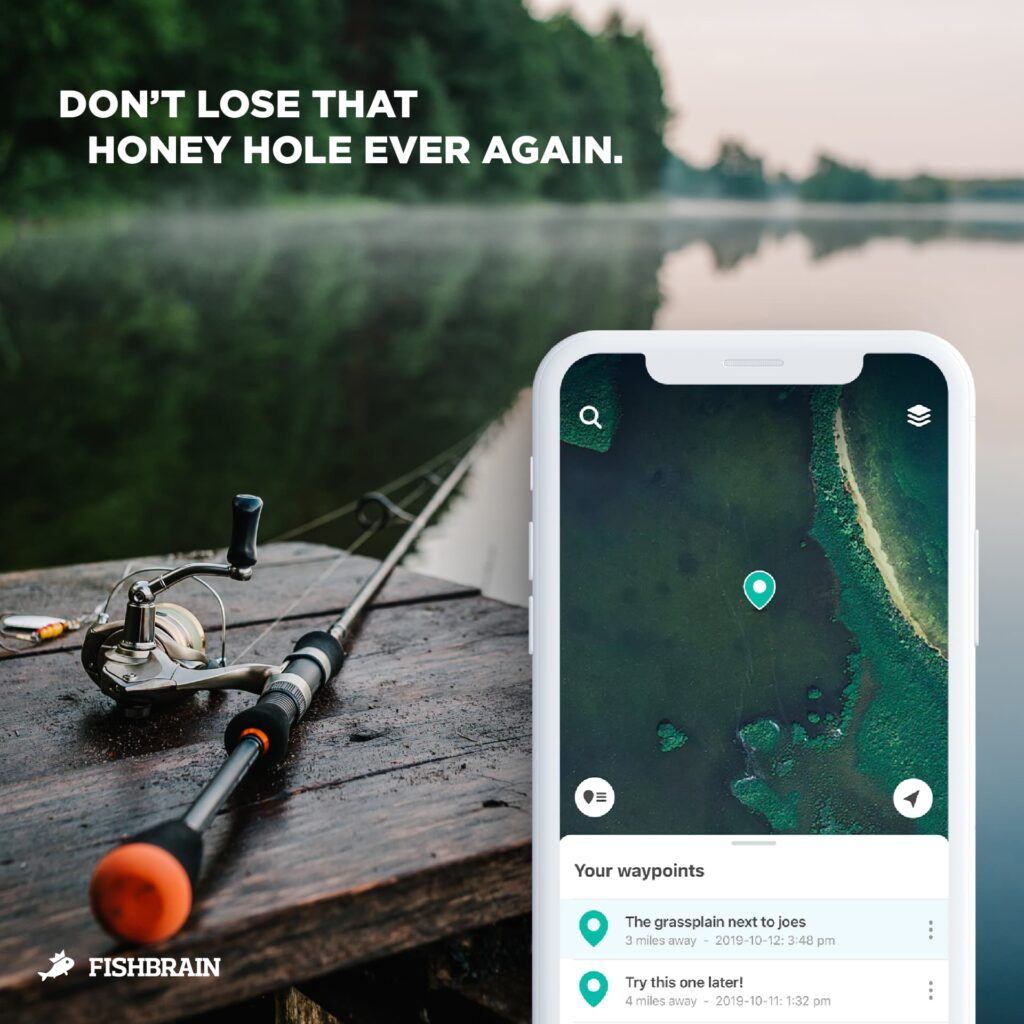

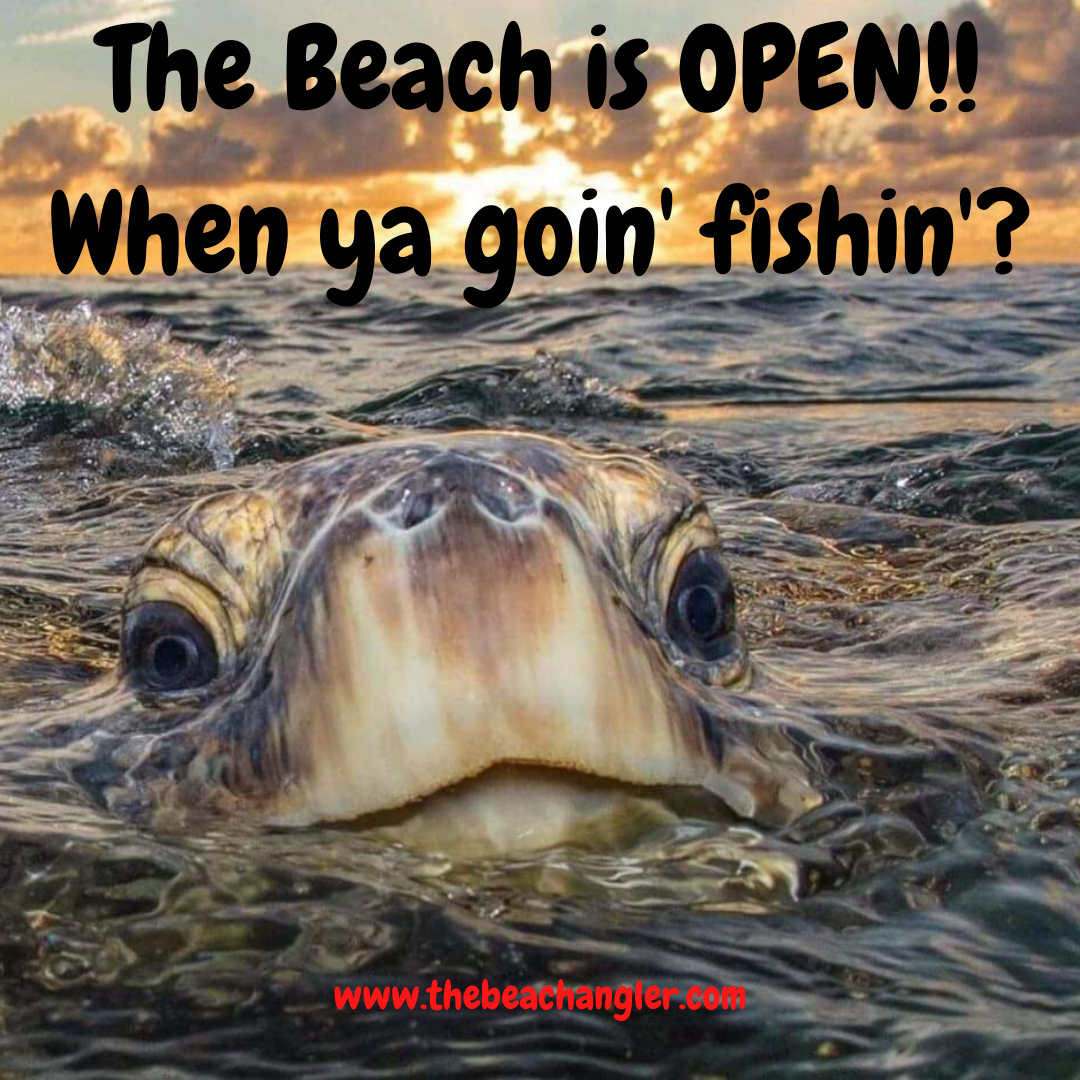
Hi Rex…Great blog with all the info and also your presentation style. And your links like SaltLife. I had a beer with those guys in Tampa when they were just starting out and wow, did they progress fast! Probably with some help from mentors like you. Also great gear companies like Tackle direct. I’m a lifelong fisher with experience in Alaska, Florida, and the entire West Coast, currently living in Oregon. And, I’m really excited to find you, and new source of info and great tips!
Enough….I’ll check out your Facebook page too, but I am wondering if you do any guiding, fishing or hunting? I currently live in Oregon. If not, I am most interested in surf fishing and big game hunting, at a slower less demanding pace, given my 75 years of doing this, being born with a rod in one hand, a rifle in the other and a knife on my diaper strap ? So if you don’t guide, can you recommend someone or a website/contact to find one? I do have considerable experience fishing off the rocks on the OR coast, but none hunting in this state. And your fans are welcome to respond to me too
One great tip from me: check out the Crazy Alberto Knot from SaltLife, for joining a mono leader to a braid mainline.
Howdy Ron
How are things in the beautiful state of Oregon? Spent quite a bit of time there back in the early 90’s. I don’t do any guiding myself. If you are looking for fishing trips, I have used Fishing Booker for a recent trip to Alaska and had great results. For hunting, I have been using Shoshone Adventure Consulting for years and they do a great job of matching you with a trip tailored to your needs and abilities. Jon Andre is who I’ve always dealt with there.
Hope that helps you out. Good fishing and Hunting!
Rex